Article Summary: Historic Sites In Idaho
Historic Sites In Idaho. More Than Just Parks has 10 incredible must-see sites for you to visit.
I’ve been to so many of these amazing places since retiring from teaching in 2018. Did I mention that I taught history? I spent a lifetime teaching about the history behind these momentous sites. Then I got to see them firsthand. And now I’m sharing the stories of these incredible places with you. It doesn’t get any better than that!
I’m going to give you my list of the 10 Historic Sites In Idaho that you’ll want to see.
To be clear, this list includes national park sites (as in sites managed by the National Park Service) as opposed to national parks. It also includes sites not managed by the National Park Service. After all, we’re more than just parks!
If you are planning a trip to Idaho then you might want to pick up a copy of Backcountry Roads-Idaho by Lynna Howard.
Without further ado, let’s dive in!
Table Of Contents: Historic Sites In Idaho
Top 10 Historic Sites In Idaho
10. Historic Fort Hall Replica
Idaho is best known for its potato production and is famously known as “The Gem State” for its rich source of gems. However, that is not all. The state also has some amazing historic sites and More Than Just Parks is going to share our Top 10 list with you.
We’re kicking off our list at #10 with the Fort Hall Replica.
The Fort Hall Replica in Idaho is a reconstruction of the historic Fort Hall trading post, which was established by the North West Company in 1834. The original Fort Hall was located on the banks of the Snake River in southeastern Idaho and served as a key trading center for the fur trappers and Native American tribes of the region.
The Fort Hall trading post was originally built to compete with the Hudson’s Bay Company, which had established a monopoly on the fur trade in the Pacific Northwest. The trading post quickly became a hub for trade between the Native American tribes of the region and the fur traders and explorers who were active in the area.
The Fort Became A Key Center For Intercultural Exchange
Over the years, the Fort Hall trading post became a key center for intercultural exchange and trade, and played an important role in the history of the American West. The post was visited by many notable figures of the time, including John C. Fremont, Kit Carson, and Jim Bridger.
The original Fort Hall trading post was abandoned in the mid-1850s, but the site was later rediscovered and excavated by archaeologists. In the 1960s, a group of local historians and preservationists began lobbying for the construction of a replica of the historic trading post, in order to provide visitors with an opportunity to experience the history and culture of the region.
The Fort Hall Replica was completed in 1971 and has since become a popular destination for visitors interested in the history and culture of the American West.
The replica features a number of historic structures, including a trading post, blacksmith shop, and Native American lodge, and offers visitors an opportunity to learn about the history of the region and the cultural traditions of the Native American tribes who lived there.
Today, the Fort Hall Replica is operated by the Shoshone-Bannock Tribes and is open to the public for tours and educational programs.
Things To Do
Some of the things to do at Fort Hall Replica include:
- Tour the fort: Visitors can tour the fort and learn about its history through interpretive displays and guided tours.
- Learn about indigenous cultures: The fort serves as a cultural center and visitors can learn about the Shoshone-Bannock Tribe and other indigenous cultures through exhibits and cultural demonstrations.
- Watch cultural performances: The fort often hosts cultural performances and events, including Native American dances and storytelling.
- Explore the museum: The museum at Fort Hall Replica features exhibits on the history of the fort and the area’s indigenous peoples, including artifacts, photographs, and other historical items.
- Shop for souvenirs: The fort has a gift shop selling souvenirs, books, and other items related to the fort’s history and the area’s indigenous cultures.
- Attend special events: Fort Hall Replica often hosts special events, including historical reenactments, festivals, and other cultural celebrations.
9. Salmon Sacajawea Center
Next up on our list of the Best Historic Sites In Idaho is a place which commemorates the only native member of the Lewis & Clark Expedition. At #9 we have the Salmon Sacajawea Center.
The Salmon Sacajawea Center is a museum and interpretive center located in Salmon, Idaho that is dedicated to the history and culture of the Lemhi Shoshone people and the Lewis and Clark expedition.
The center is named after Sacajawea, a Lemhi Shoshone woman who served as a guide and interpreter for the Lewis and Clark expedition in the early 19th century.
The history of the Salmon Sacajawea Center dates back to the 1990s, when a group of local historians and preservationists began lobbying for the creation of a museum and interpretive center that would celebrate the history and culture of the Lemhi Shoshone people and their role in the Lewis and Clark expedition.
In 2003, the Salmon Sacajawea Center was opened to the public, offering visitors an opportunity to learn about the history of the region and the cultural traditions of the Lemhi Shoshone people.
The exhibits at the Salmon Sacajawea Center explore the history of the Lewis and Clark expedition and its impact on the region, as well as the cultural traditions of the Lemhi Shoshone people.
Visitors can view a variety of artifacts, including tools, weapons, and traditional crafts, and learn about the language, customs, and way of life of the Lemhi Shoshone people.
Things To Do
Some of the things to do at the Salmon Sacajawea Center include:
- Tour the center: Visitors can take a guided tour of the center and learn about the history and culture of the area and its indigenous peoples through interpretive displays, exhibits, and educational programs.
- Learn about local history: The center features exhibits on the history of the Salmon River country and its indigenous peoples, including the Shoshone-Bannock Tribe, the Lewis and Clark Expedition, and the gold rush of the 1860s.
- Explore the museum: The museum at the center showcases artifacts and historical items related to the area’s rich cultural heritage, including Native American baskets, tools, and clothing.
- Watch cultural demonstrations: Visitors can observe cultural demonstrations, such as Native American beadwork, basket weaving, and storytelling.
- Attend special events: The center often hosts special events, including cultural festivals, educational programs, and other activities.
- Shop for souvenirs: The center has a gift shop that sells souvenirs, books, and other items related to the area’s history and indigenous cultures.
8. Atomic Museum
We go from the Corps of Discovery to the Nuclear Age. At #8, our next historic site is a museum dedicated to the history of nuclear technology and its impact on society. Welcome to the Atomic Museum.
The museum is located in Idaho Falls, Idaho, which played a key role in the development of nuclear technology during the Cold War era.
The history of the Atomic Museum dates back to the 1980s, when a group of local historians and scientists began lobbying for the creation of a museum that would celebrate the history and technological achievements of the nuclear industry.
In 1984, the museum was opened to the public, offering visitors an opportunity to learn about the history of nuclear technology and its impact on society.
The exhibits at the Atomic Museum explore the history of nuclear technology from its earliest days to the present, highlighting key technological breakthroughs and the role that nuclear power has played in society.
Visitors can view a variety of artifacts, including nuclear reactors, scientific equipment, and photographs, and learn about the science and technology behind nuclear power.
The Atomic Museum also offers a variety of educational programs and events, including lectures, workshops, and hands-on activities for children.
7. Bear River Massacre Historical Site
Our next site commemorates one of the deadliest incidents in the history of the American Indian Wars. At #7 on our list of the Best Historic Sites In Idaho is the Bear River Massacre Historical Site.
The massacre took place on January 29, 1863, when a detachment of the United States Army attacked a Shoshone encampment along the Bear River in southeastern Idaho.
The Shoshone people had been living in the region for thousands of years before the arrival of European settlers in the mid-19th century. As settlers began to move into the area, conflicts arose between the Shoshone and the US government over land and resources.
In the winter of 1863, tensions boiled over when a group of Shoshone warriors began raiding nearby settlements, prompting a military response from the US Army.
On the morning of January 29, a detachment of over 200 soldiers under the command of Colonel Patrick Connor attacked the Shoshone encampment, killing over 200 men, women, and children.
One Of The Deadliest Incidents In The History Of The American Indian Wars
The attack was one of the deadliest incidents in the history of the American Indian Wars and was widely condemned at the time as a massacre.
The Bear River Massacre Historical Site was established in 1990 as a monument to the victims of the massacre and to promote public awareness and understanding of the history and legacy of the American Indian Wars.
The site includes a museum with exhibits on the history and culture of the Shoshone people, as well as a memorial to the victims of the massacre.
6. Nampa Train Depot
Who doesn’t love trains? Our next site is a historic train station located in Nampa, Idaho. It was built in 1903 by the Oregon Short Line Railroad. Welcome to the Nampa Train Depot.
The Nampa Train Depot served as a major transportation hub for the region for many years.
It was an important stop on the Union Pacific Railroad’s mainline, connecting the Pacific Northwest with the rest of the country. The station served as a major transportation hub for passengers and freight, with daily train service to major cities such as Salt Lake City and Portland.
In addition to its role as a transportation hub, the Nampa Train Depot played an important role in the development of the region’s economy and culture. The station was a center of social activity in the community, hosting dances, concerts, and other events.
Over the years, the Nampa Train Depot underwent several renovations and updates, including the addition of a restaurant and lounge in the 1940s. However, as air travel and automobiles became more popular in the mid-20th century, train travel declined, and the station fell into disrepair.
In the 1990s, a group of local historians and preservationists launched a campaign to restore the Nampa Train Depot to its former glory. The station was added to the National Register of Historic Places in 1994, and a major restoration project was undertaken in the late 1990s and early 2000s.
Today, the Nampa Train Depot serves as a museum and community center, offering visitors an opportunity to learn about the history of rail travel in the region and to experience the unique architecture and design of the station.
Things To Do
Some of the things to do at the Nampa Train Depot include:
- Explore the historic building: Visitors can take a tour of the beautifully restored train station, including its unique ornamental design, and learn about its history and significance.
- View exhibits: The depot features exhibits on the history of trains in Idaho and the role that the depot played in the development of Nampa and the surrounding area.
- Attend special events: The depot often hosts special events, including train-themed festivals, educational programs, and community gatherings.
- Take a ride on a train: Visitors can take a ride on a restored train and experience what it was like to travel by rail in the early 20th century.
- Shop for souvenirs: The depot has a gift shop that sells souvenirs, books, and other items related to the history of trains and the Nampa Train Depot.
Top 5 Historic Sites In Idaho
5. Minidoka National Historic Site
We’re on to the Top 5 Historic Sites In Idaho. At #5 is a historic site which commemorates one of the darkest chapters in American history. It’s the Minidoka National Historic Site.
The Minidoka National Historic Site in southern Idaho is a monument dedicated to the memory of the Minidoka Relocation Center, one of ten concentration camps where Japanese Americans were forcibly interned during World War II.
Following the bombing of Pearl Harbor in 1941, the US government issued Executive Order 9066, which authorized the forced relocation of over 120,000 Japanese Americans and Japanese immigrants to concentration camps located in remote areas throughout the western United States. The Minidoka Relocation Center was one of these camps, located in Jerome County, Idaho.
The Minidoka Relocation Center was in operation from 1942 to 1945 and housed over 13,000 Japanese Americans during its three-year history.
The camp was designed to be self-sufficient, with residents growing their own food and operating their own schools and businesses. However, conditions in the camp were harsh, with families forced to live in cramped barracks and subjected to strict rules and regulations.
Many Of The Internees Made Significant Contributions
Despite the difficult conditions, many of the Japanese Americans who were interned at Minidoka went on to make significant contributions to American society after the war. Many Japanese American veterans of World War II, for example, received the Congressional Medal of Honor for their bravery and service.
Today, the Minidoka National Historic Site serves as a monument to the victims of the Japanese American internment and as a reminder of the ongoing struggle for civil rights and social justice in America.
The site includes a visitor center with exhibits on the history of the Minidoka Relocation Center, as well as a memorial to the victims of the internment.
It’s recognized as an important cultural institution in the region, promoting public awareness and understanding of the history and legacy of the Japanese American internment and its ongoing impact on American society.
Take A Deeper Dive
To learn more about this tragic chapter of American history I recommend: Infamy: The Shocking Story of the Japanese American Internment in World War II.
Acclaimed historian Richard Reeves has interviewed survivors, read numerous private letters and memoirs, and combed through archives to deliver a sweeping narrative of this atrocity.
Check Out: 25 BUCKET-LIST Famous Landmarks In America (MUST-SEE)
4. Hagerman Fossil Beds National Monument
We’re on to the “Final Four.” At #4 is a site which is a geologic wonder. It’s the Hagerman Fossil Beds National Monument.
The Hagerman Fossil Beds National Monument is located in southern Idaho and is known for its rich fossil deposits dating back to the Pliocene epoch, around 3.5 million years ago. The site was established as a national monument in 1988 to protect and preserve its unique paleontological resources.
The story of the Hagerman Fossil Beds begins millions of years ago when the area was covered by a vast lake, known as Lake Idaho. The lake was home to a diverse array of animal and plant life, including a species of prehistoric horse known as Equus simplicidens.
The fossils of Equus simplicidens were first discovered in the Hagerman area in the late 19th century, attracting the attention of paleontologists and fossil hunters from around the world. Over the years, the site has yielded numerous important discoveries, including the remains of ancient camels, mastodons, and other prehistoric creatures.
In addition to its scientific importance, the Hagerman Fossil Beds National Monument is also recognized for its cultural significance. The area has long been home to various Native American tribes, including the Shoshone-Bannock, who have lived in the region for thousands of years.
Today, the Hagerman Fossil Beds National Monument is a popular destination for visitors interested in the natural history and culture of southern Idaho. The monument includes a visitor center with exhibits on the area’s fossils and Native American history, as well as hiking trails and other outdoor recreational opportunities.
3. Shoshone Ice Caves
Our next historic site in another geologic wonder. At #3 on our list of the Best Historic Sites In Idaho is Shoshone Ice Caves.
The Shoshone Ice Caves are a natural wonder located in the state of Idaho. They are believed to have formed approximately 2,000 years ago during a volcanic eruption in the area.
The Shoshone Ice Caves were discovered by Native Americans many centuries ago. They believed that the caves were a sacred place, and they used them for various purposes, including as a place for vision quests and as a site for spiritual ceremonies.
In the late 19th century, the caves were rediscovered by white settlers, and they quickly became a popular tourist attraction. The first recorded visit to the caves was in 1883, and by the turn of the century, they were a well-known destination for tourists traveling through the area.
In 1924, the Shoshone Ice Caves were purchased by a man named Alex J. Kennedy, who developed them into a commercial tourist attraction. He built a visitor center and installed lighting systems to make it easier for visitors to explore the caves.
It’s A Popular Tourist Destination
Over the years, the Shoshone Ice Caves have remained a popular tourist destination, attracting thousands of visitors each year. In addition to the caves themselves, visitors can explore the surrounding area, which is home to a variety of wildlife, including elk, deer, and bighorn sheep.
Today, the Shoshone Ice Caves are still owned by the Kennedy family, and they continue to be a popular attraction for tourists visiting Idaho.
While the caves themselves are undoubtedly impressive, their rich history and spiritual significance to the Native Americans who first discovered them add to their allure and make them a unique and fascinating destination.
Indian Ice Cave
The Indian Ice Cave is part of a lava tube, there are several in the area where some of them collapsed and look like a sinkhole from the outside. The air currents flowing through the tubes result in the ice, since the currents cause subterranean water to freeze.
You can take a tour of this amazing geologic wonders with trained experts who will accompany you on the tour and explain the historical, geological, and volcanic background of this magnificent landform.
The tour is 45 minutes long and it consists of 80 stairs down and back.
And while you’re there check out the Ice Cave Museum.
2. Craters of the Moon National Monument & Preserve
We’re on to our final 2 historic sites. In the runner-up spot at #2 is Craters of the Moon National Monument.
Now if you’re looking to experience what it might be like to walk on the moon then you’ll definitely want to check out Craters of the Moon National Monument & Preserve. It’s s unique and otherworldly volcanic landscape in Idaho.
The area is comprised of vast lava fields, cinder cones, and volcanic spatter cones created by a series of volcanic eruptions between 15,000 and 2,000 years ago.
In 1924, President Calvin Coolidge designated the area as a national monument to protect its geological significance and to provide opportunities for scientific study and recreation.
The monument has since been expanded to include additional volcanic features and is now designated as a national monument and preserve.
Visitors to Craters of the Moon can explore the rugged and barren terrain on trails and drives, and learn about the area’s fascinating volcanic history through interpretive displays and ranger-led programs.
Check Out: List of 128 BEST US National Monuments Ranked
Don’t Forget To Check Out The Preserve Too
Just when you thought that your lunar experience was over, Idaho National Parks surprises you with another otherworldly destination. It’s Craters of the Moon National Preserve.
There are different ways to explore Craters of the Moon Preserve. They include:
- Backpacking the Crater of the Moon Wilderness.
- Explore Craters’ dynamic underground world of lava tubes.
- Taking a hike along Broken Top Loop where you’ll find a variety of unique volcanic features on this moderate-difficulty 1.8 mile loop.
- Walking up Inferno Cone which is a short but very steep trail to the top of a volcanic cone for awe-inspiring views.
- Hiking the North Crater Trail which is a 3.5-mile trail that drops into the mouth of North Crater.
- Travelling along the Tree Molds Trail which is a 2-mile trail that winds through the Craters of the Moon Wilderness and features molds of ancient trees encased in lava.
And, when you do, to paraphrase Neil Armstrong, you can say, “That’s one small step for a man (or woman) and one giant leap for a great outdoor adventure.“
1. Nez Perce National Historical Park
As the #1 Historic Site In Idaho, More Than Just Parks has selected the Nez Perce National Historical Park.
But now here’s the good news: Nez Perce National Historical Park is actually a series of 38 sites located in four states (Idaho, Montana, Oregon, and Washington) that commemorate the history and culture of the Nez Perce tribe.
The park was established in 1965 to preserve and interpret the significant events, places, and people associated with the Nez Perce tribe, including their resistance to forced removal from their ancestral homelands and the events of the Nez Perce War of 1877.
A Rich Cultural Heritage
The Nez Perce people have a rich cultural heritage spanning thousands of years, and their ancestral lands cover a vast area stretching across the northwestern United States.
The sites within the park include traditional villages, places of spiritual significance, battlefields, and other places that are important to the tribe’s history and cultural identity.
Visitors to the park can explore the sites, learn about the Nez Perce people through interpretive displays, and participate in ranger-led programs. The park helps to preserve and share the unique cultural heritage of the Nez Perce tribe, and serves as a powerful reminder of the ongoing legacy of indigenous peoples in the United States.
Things To Do At The Nez Perce National Historical Park
Some of the most popular things to do include:
- Explore the historical sites: There are 38 sites within the park that commemorate the history and culture of the Nez Perce tribe, including traditional villages, places of spiritual significance, battlefields, and other important places. Visitors can explore these sites and learn about the Nez Perce people through interpretive displays and ranger-led programs.
- Hiking: There are several trails within the park, offering visitors the opportunity to explore the scenic beauty of the region and see the historical sites up close.
- Horseback riding: For a more immersive experience, visitors can explore the park on horseback, following in the footsteps of the Nez Perce people and learning about the park’s history and natural beauty.
- Ranger-led programs: The park offers a variety of ranger-led programs, including guided walks, talks, and campfire programs, providing visitors with a deeper understanding of the Nez Perce tribe’s history and culture.
- Wildlife viewing: The park is home to a variety of wildlife, including elk, bighorn sheep, deer, and many species of birds, and visitors can experience the park’s natural beauty by taking a wildlife watching tour or exploring the park’s scenic drives.
- Camping: The park offers several campgrounds for visitors to spend the night and enjoy the peace and quiet of the wilderness.
List Of Historic Sites In Idaho
- Nez Perce National Historical Park
- Craters of the Moon National Monument & Preserve
- Shoshone Ice Caves
- Hagerman Fossil Beds National Monument
- Minidoka National Historic Site
- Nampa Train Depot
- Bear River Massacre Historical Site
- Atomic Museum
- Salmon Sacajawea Center
- Fort Hall Replica
Why Trust Us About Historic Sites In Idaho?
We’re Jim Pattiz and Will Pattiz, collectively known as the Pattiz Brothers and we absolutely LOVE the national parks.
You should probably know that we don’t just make this stuff up out of thin air. We’ve spent our entire adult lives exploring and filming America’s national parks and public lands.
We’ve worked with the National Park Service, the Department of Interior, USDA, U.S. Forest Service, and more for years creating films on important places and issues. Our work has been featured in leading publications all over the world and even some people outside of our immediate family call us experts on the national parks.
And, in 2018, our father – having spent a lifetime teaching history – joined us so that he could help us to tell the stories behind these amazing places.
Meet The Parks Brothers
We Hope You’ll Follow Our Journey
Our goal here at More Than Just Parks is to share the beauty of America’s national parks and public lands through stunning short films in an effort to get Americans and the world to see the true value in land conservation.
We hope you’ll follow our journey through the parks and help us to keep them the incredible places that they are. If you’re interested in joining the adventure then please sign up below!
Related Links
Idaho National Parks: 7 EPIC Idaho National Parks Worth Visiting
America’s National Parks: All 63 US National Parks Ranked By Experts
National Monuments: Ultimate List Of National Monuments
National Landmarks: 25 Bucket List Famous Landmarks In America (Must-SEE)
Revolutionary War Sites: 10 BEST Revolutionary War Sites In America
Civil War Sites: 10 BEST Civil War Sites In America
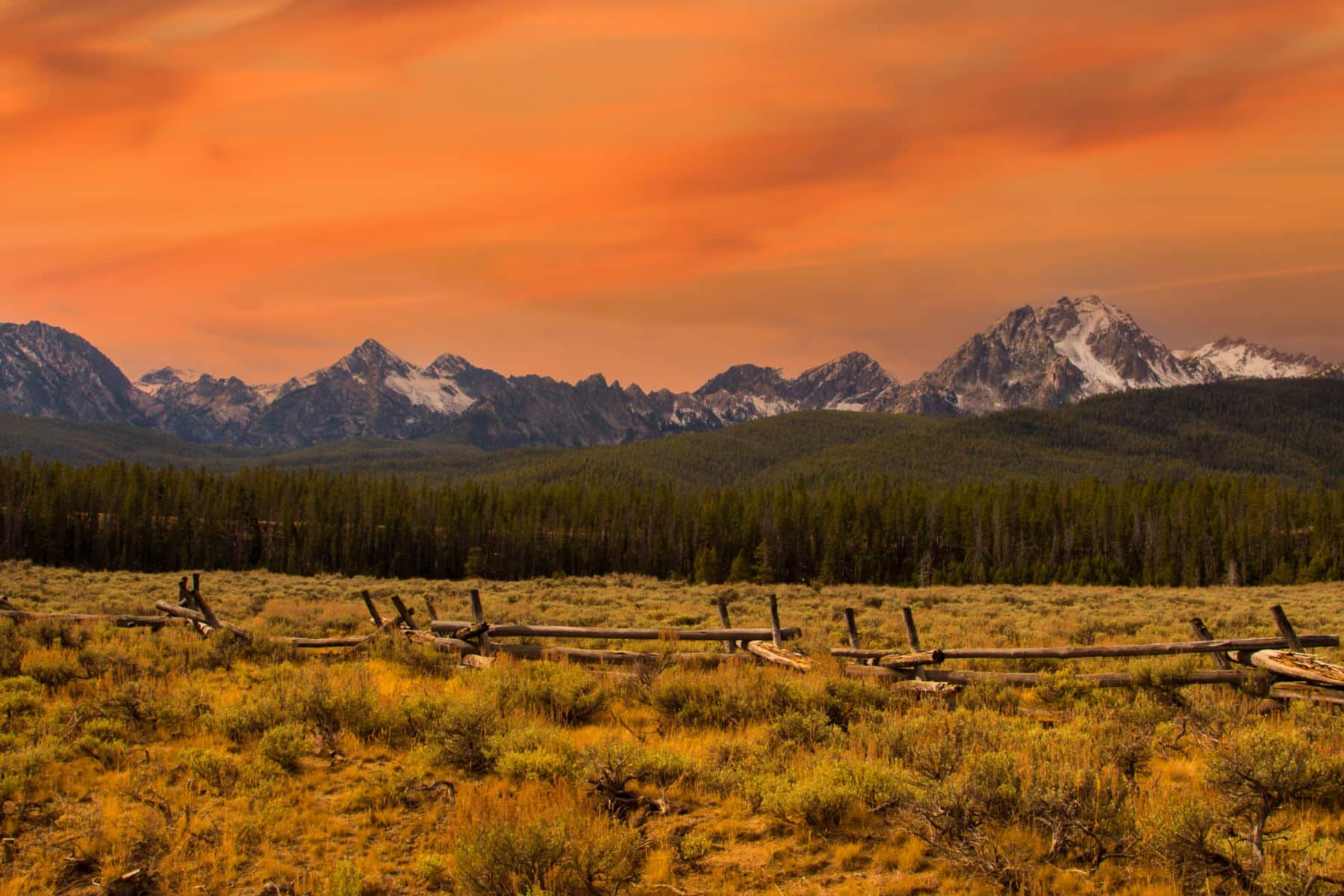










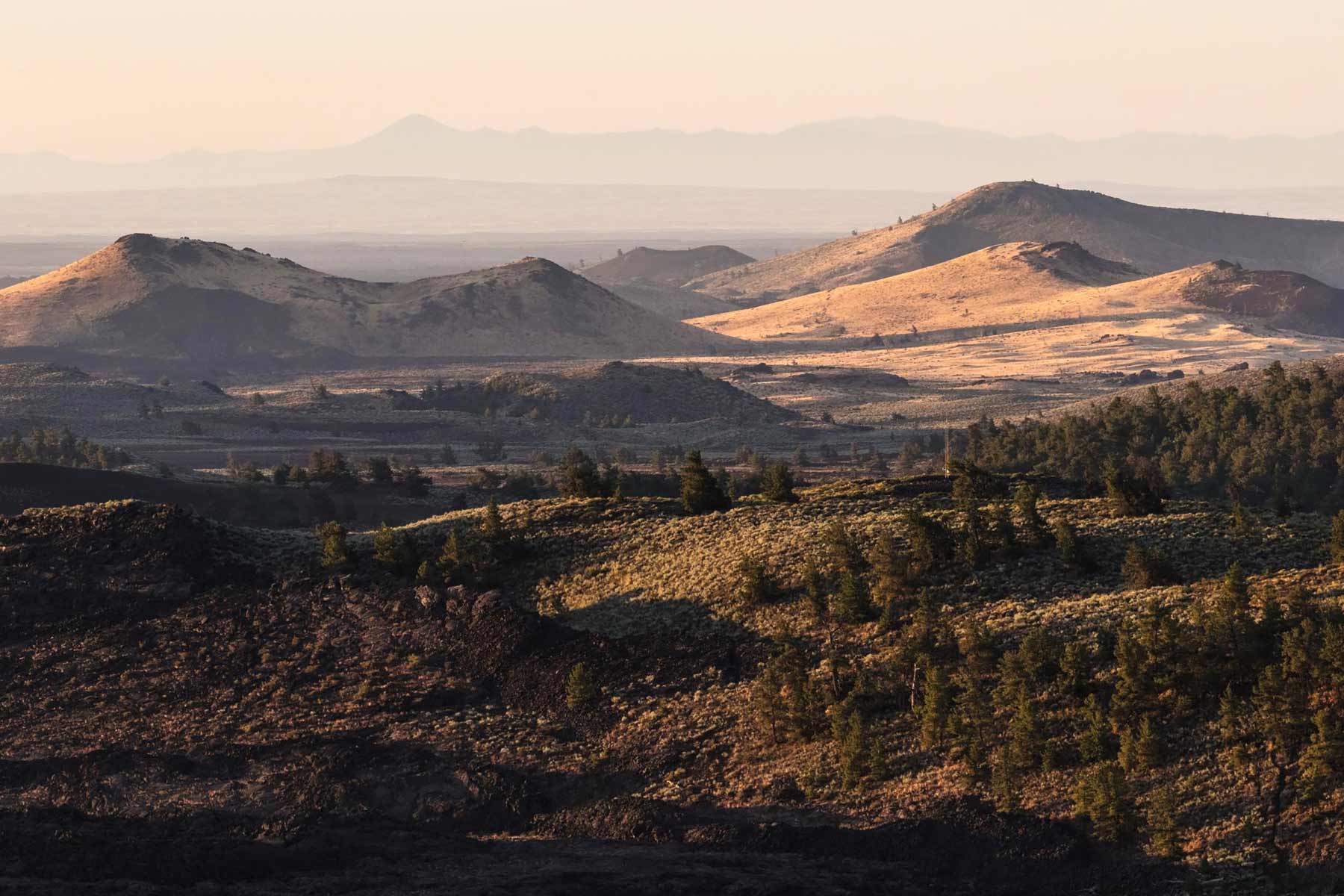
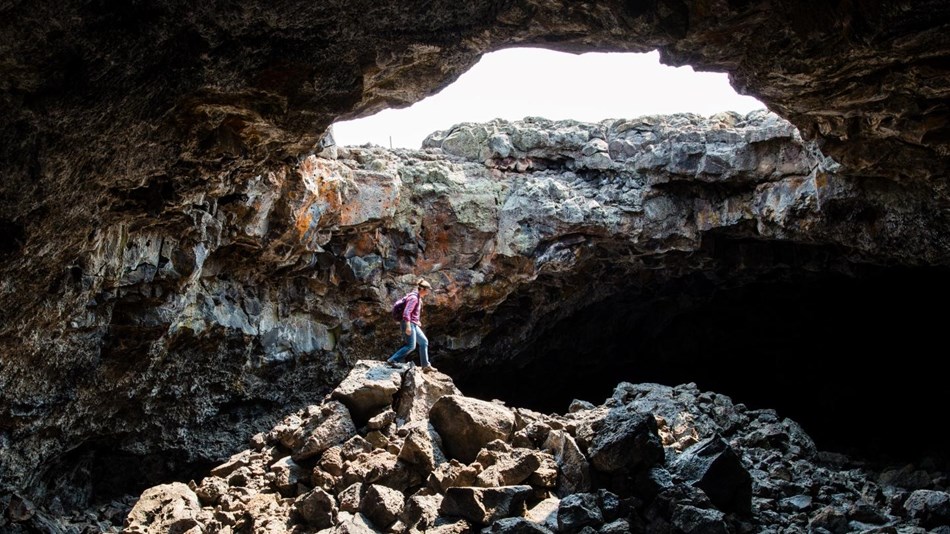



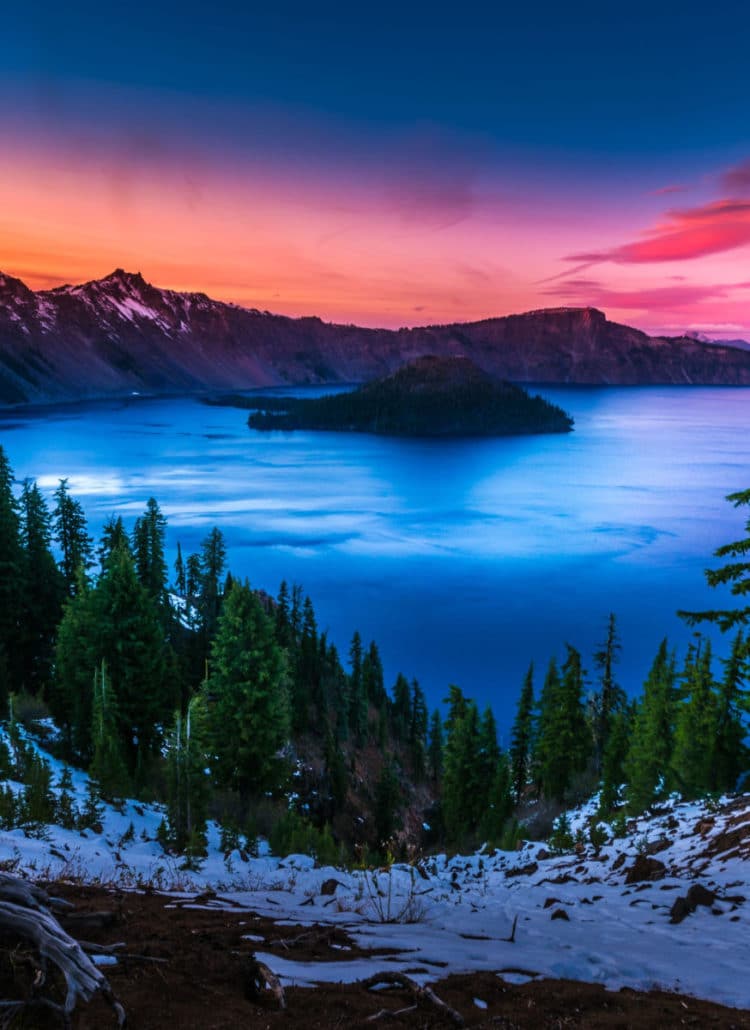
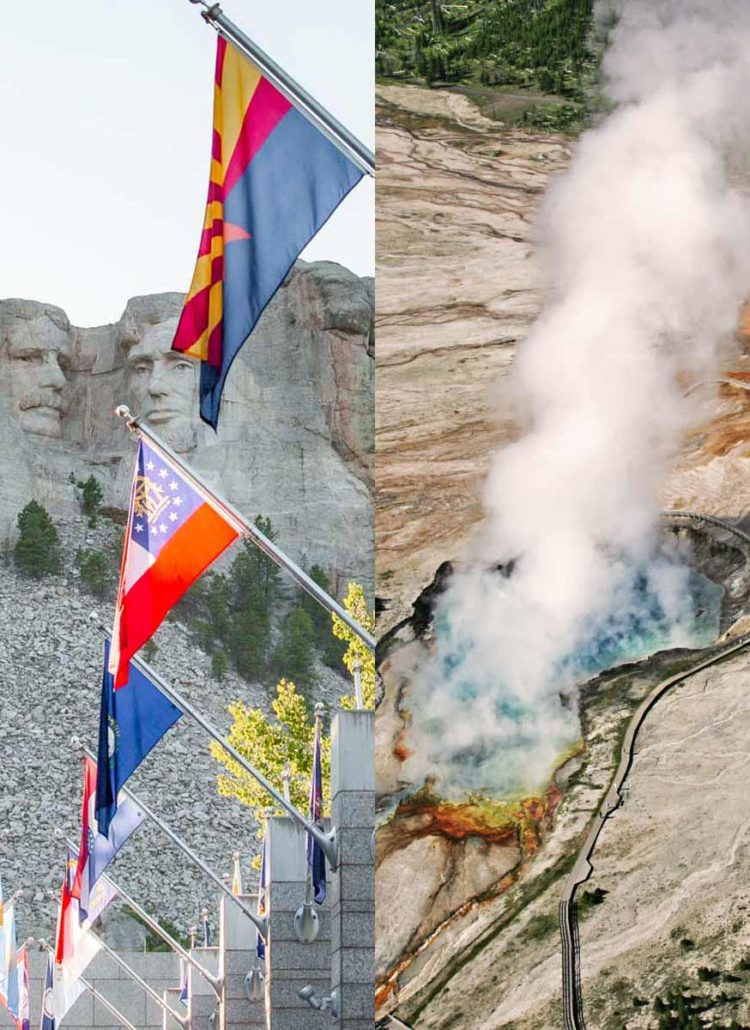

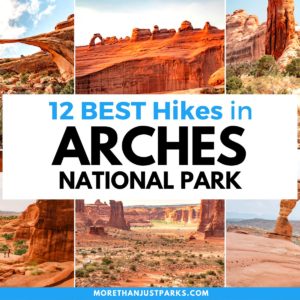

Leave a Reply